Grow A Thriving Lemon Balm Patch With These Companion Plants
Grow a Thriving Lemon Balm Patch with These Companion Plants
Lemon balm is a delicious and versatile herb that can be used in a variety of ways, from cooking to making tea to treating anxiety. It's also a relatively easy plant to grow, but it can benefit from having some companion plants nearby.
In this blog post, we'll discuss the best companion plants for lemon balm, as well as some of the benefits of planting them together. We'll also provide some tips on how to grow a thriving lemon balm patch.
What are Companion Plants?
Companion planting is a gardening technique that involves planting certain plants together to benefit each other. Some plants can help to repel pests, attract pollinators, or improve the soil quality for their neighbors.
Lemon balm is a good candidate for companion planting because it has a number of benefits that can help other plants in the garden. For example, lemon balm's strong aroma can help to repel pests such as cabbage moths, mosquitoes, and gnats. It can also attract pollinators such as bees and butterflies, which can help to pollinate other plants in the garden.
Best Companion Plants for Lemon Balm
There are a number of different plants that can be good companion plants for lemon balm. Some of the best options include:
- Dill: Dill is a member of the carrot family, and it can help to improve the soil quality for lemon balm. It can also attract pollinators, which can help to pollinate lemon balm.
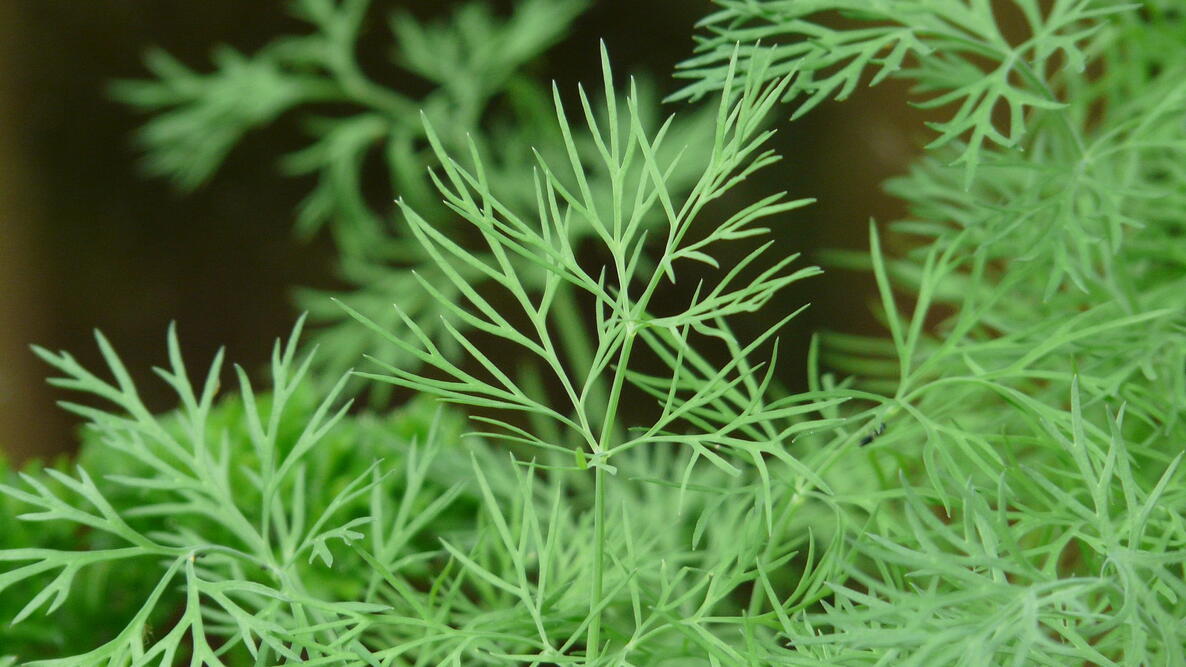
- Basil: Basil is another member of the mint family, and it can help to repel pests such as mosquitoes and aphids. It can also attract pollinators, which can help to pollinate lemon balm.
- Squash: Squash can help to suppress weeds, which can help to keep lemon balm healthy. It can also attract pollinators, which can help to pollinate lemon balm.
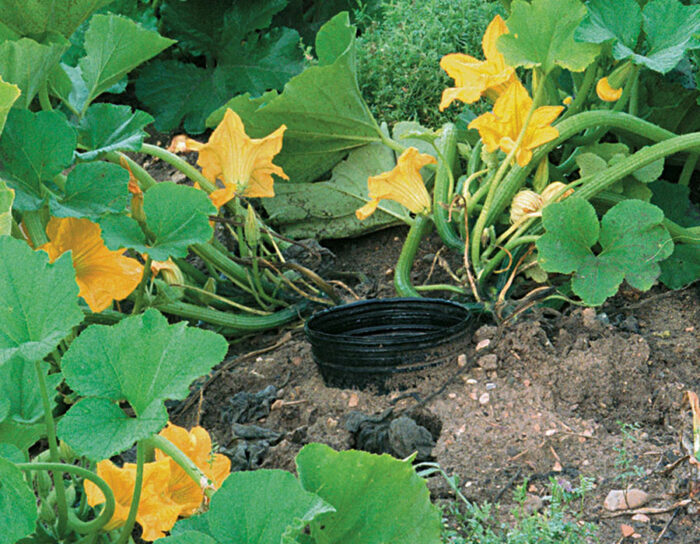
- Broccoli: Broccoli can help to attract beneficial insects, which can help to control pests. It can also improve the soil quality for lemon balm.

- Cabbage family: Other members of the cabbage family, such as cauliflower and Brussels sprouts, can also be good companion plants for lemon balm. They can help to attract beneficial insects, which can help to control pests.
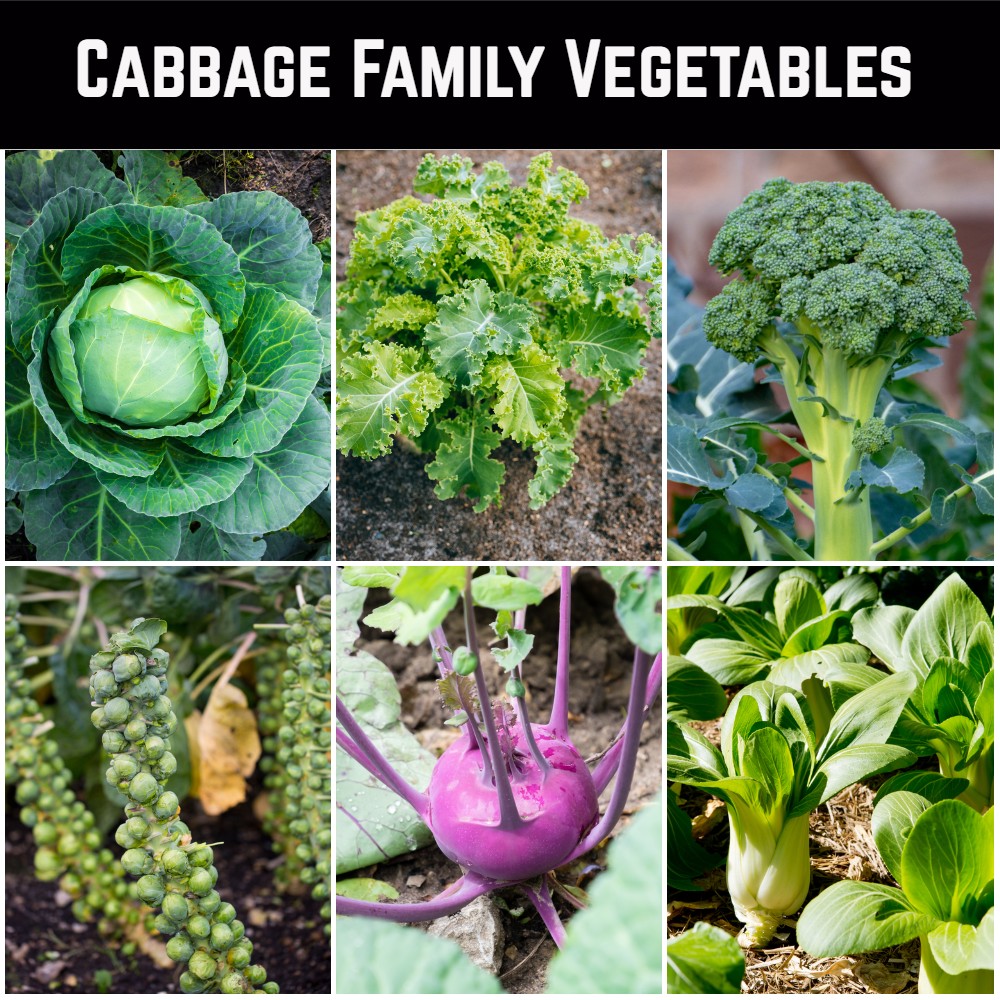
- Hollyhocks: Hollyhocks can help to attract pollinators, which can help to pollinate lemon balm. They can also provide shade for lemon balm, which can help to protect it from the hot sun.
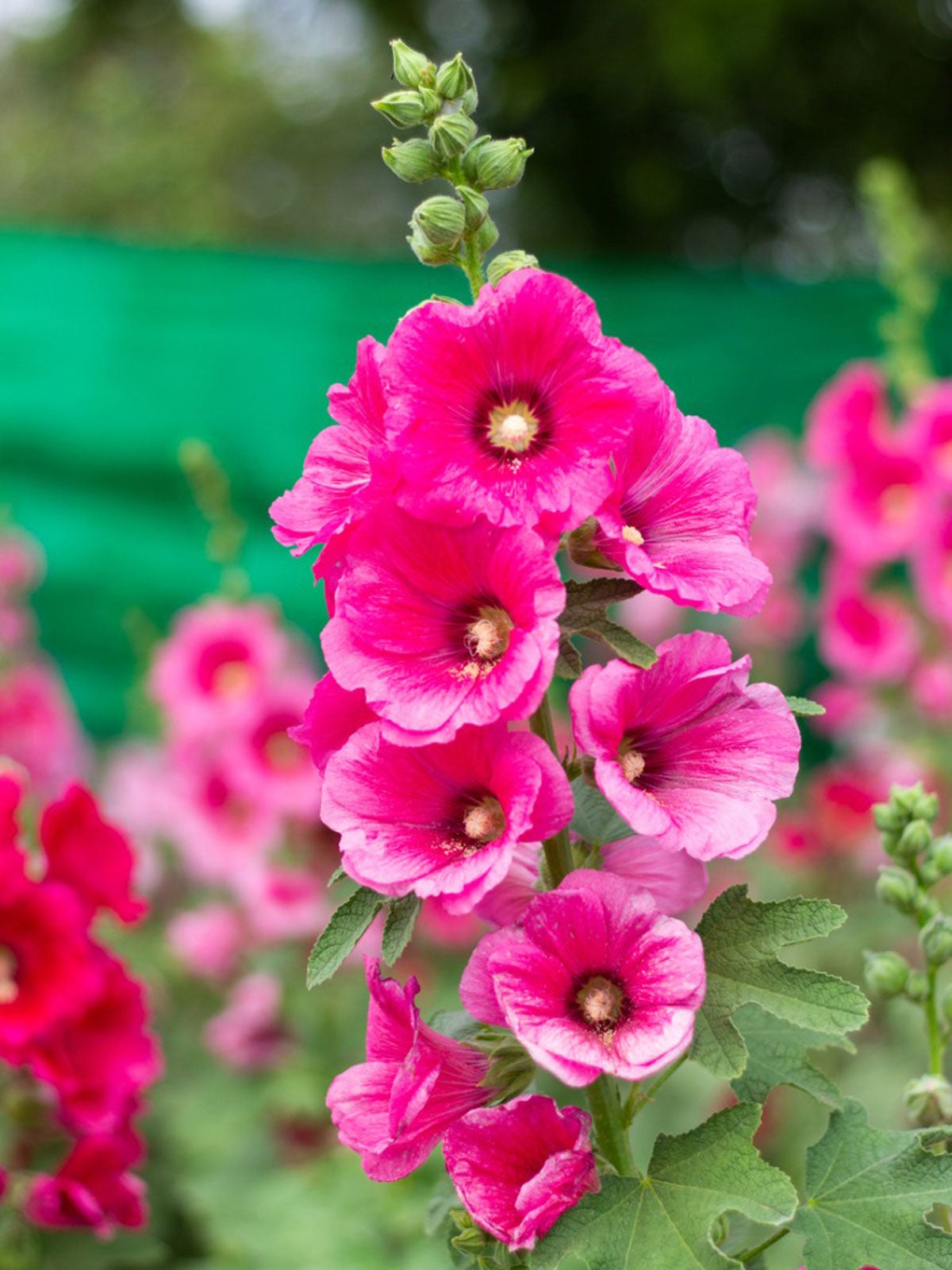
- Melon: Melons can help to attract pollinators, which can help to pollinate lemon balm. They can also improve the soil quality for lemon balm.
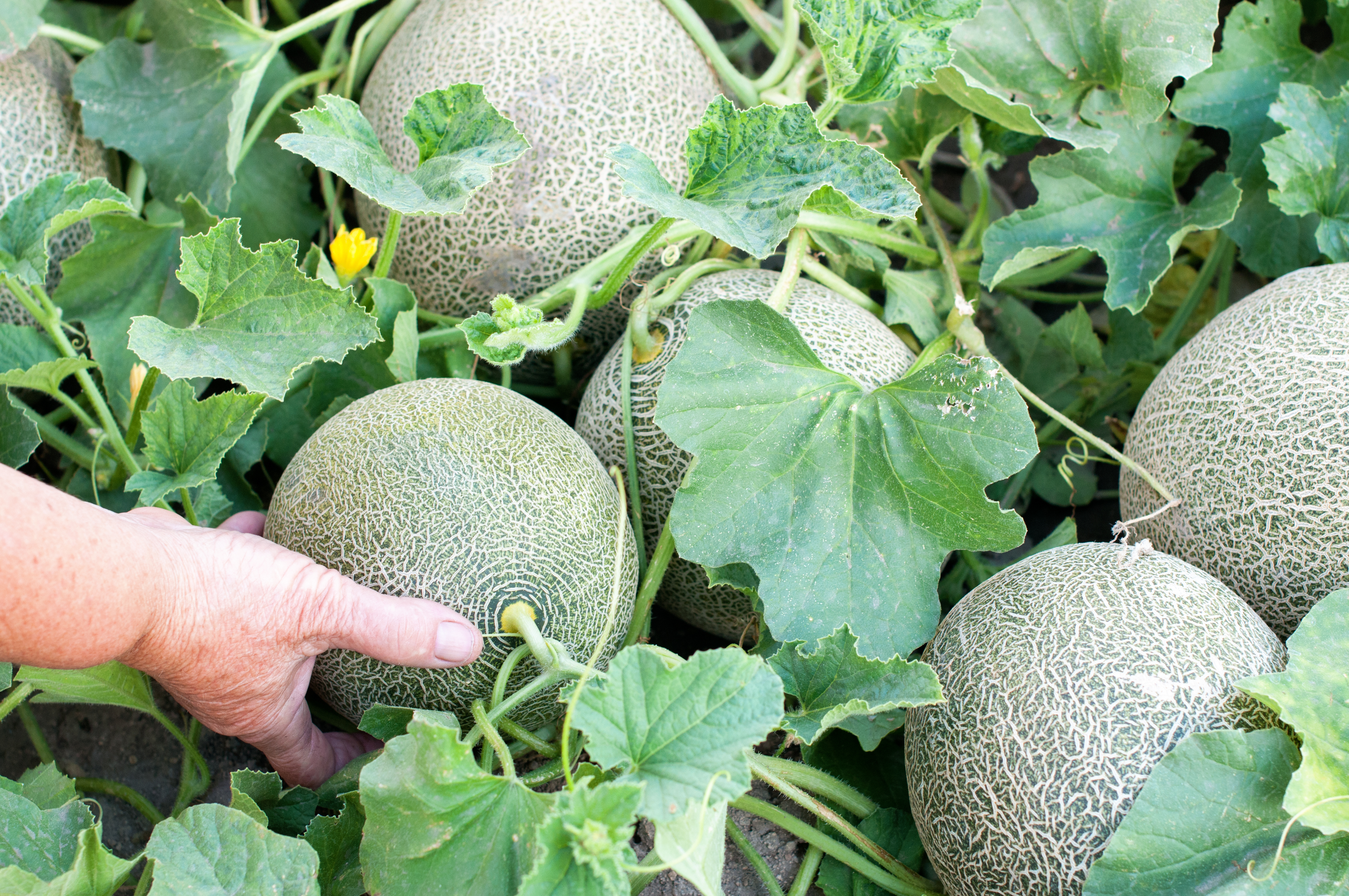
- Angelica: Angelica can help to repel pests such as cabbage moths and aphids. It can also attract pollinators, which can help to pollinate lemon balm.
- Nasturtiums: Nasturtiums can help to repel pests such as aphids and flea beetles. They can also attract pollinators, which can help to pollinate lemon balm.

Other Benefits of Companion Planting
In addition to the benefits mentioned above, companion planting can also help to:
- Improve the overall health of the garden
- Increase crop yields
- Reduce the need for pesticides
- Create a more attractive and diverse garden
Tips for Growing a Thriving Lemon Balm Patch
To grow a thriving lemon balm patch, follow these tips:
- Choose a sunny location with well-drained soil.
- Plant lemon balm in the spring or fall.
- Water lemon balm regularly, especially during hot weather.
- Fertilize lemon balm with a balanced fertilizer once a month during the growing season.
- Pinch back the flowers to encourage bushy growth.
- Harvest lemon balm leaves as needed.
Conclusion
Lemon balm is a delicious and versatile herb that can be easily grown in the garden. By planting it with some of the companion plants mentioned above, you can help to ensure that your lemon balm patch thrives.
Lemon balm is a versatile herb that can be used in a variety of ways, from cooking to making tea to treating anxiety. It's also a great companion plant for other herbs and vegetables, as it can help to repel pests and attract pollinators.
If you're looking for the best lemon balm companion plants, I recommend checking out Garden Wiki. This website has a comprehensive list of plants that grow well with lemon balm, as well as information on why they're a good match.
In addition to the list of companion plants, Garden Wiki also has a number of other helpful resources, such as planting guides, care tips, and recipes. So whether you're a beginner gardener or a seasoned pro, you're sure to find something useful on this site.
FAQ of lemon balm companion plants
Q: What are the best companion plants for lemon balm?
A: Lemon balm is a member of the mint family, so it does well when planted with other herbs that have similar growing needs. Some good companion plants for lemon balm include:
- Basil
- Dill
- Squash
- Broccoli
- Cabbage family
- Cauliflower
- Hollyhocks
- Melons
- Angelica
- Nasturtiums
- Squash
- Tomatoes
These plants all benefit from the same type of soil, sun exposure, and water requirements as lemon balm. They also help to attract beneficial pollinators, such as bees and butterflies, which can help to improve the pollination of your other plants.
Q: What are the benefits of planting lemon balm with companion plants?
A: There are a number of benefits to planting lemon balm with companion plants. These include:
- Increased pollination: As mentioned above, lemon balm can attract beneficial pollinators, which can help to improve the pollination of your other plants. This can lead to a better harvest of fruits and vegetables.
- Pest control: The strong aroma of lemon balm can help to deter pests, such as cabbage moths, mosquitoes, and gnats. This can help to keep your plants healthy and pest-free.
- Improved soil quality: Lemon balm can help to improve the soil quality by attracting earthworms and other beneficial insects. These organisms help to break down organic matter and improve the drainage of the soil.
- Increased growth: Lemon balm can help to promote the growth of neighboring plants by releasing chemicals that suppress the growth of competing weeds.
Q: What are some of the most common mistakes people make when planting lemon balm with companion plants?
A: Some of the most common mistakes people make when planting lemon balm with companion plants include:
- Planting lemon balm too close to other plants: Lemon balm is a spreading plant, so it's important to plant it at least 18 inches away from other plants.
- Planting lemon balm in the wrong location: Lemon balm prefers full sun, so it's important to plant it in a location that gets at least 6 hours of sunlight per day.
- Not watering lemon balm enough: Lemon balm needs moist soil, but not wet soil. It's important to water lemon balm regularly, especially during hot, dry weather.
Q: How do I know if I'm planting lemon balm with the right companion plants?
A: There are a few things you can do to make sure you're planting lemon balm with the right companion plants. First, you can consult a gardening book or website that lists compatible companion plants. You can also talk to a local nursery or garden center for advice.
Another way to know if you're planting lemon balm with the right companion plants is to observe your plants. If you notice that your plants are healthy and free of pests, then you're probably doing things right. However, if you notice that your plants are not doing well, then you may need to adjust your companion plantings.
Image of lemon balm companion plants
- Image 1: Lemon balm and tomatoes. This is a classic companion plant combination. Lemon balm helps to repel pests from tomatoes, and tomatoes provide support for the spreading lemon balm.
- Image 2: Lemon balm and dill. Dill and lemon balm are both members of the Apiaceae family, so they benefit from each other's presence. Dill attracts pollinators, which help to pollinate lemon balm flowers.
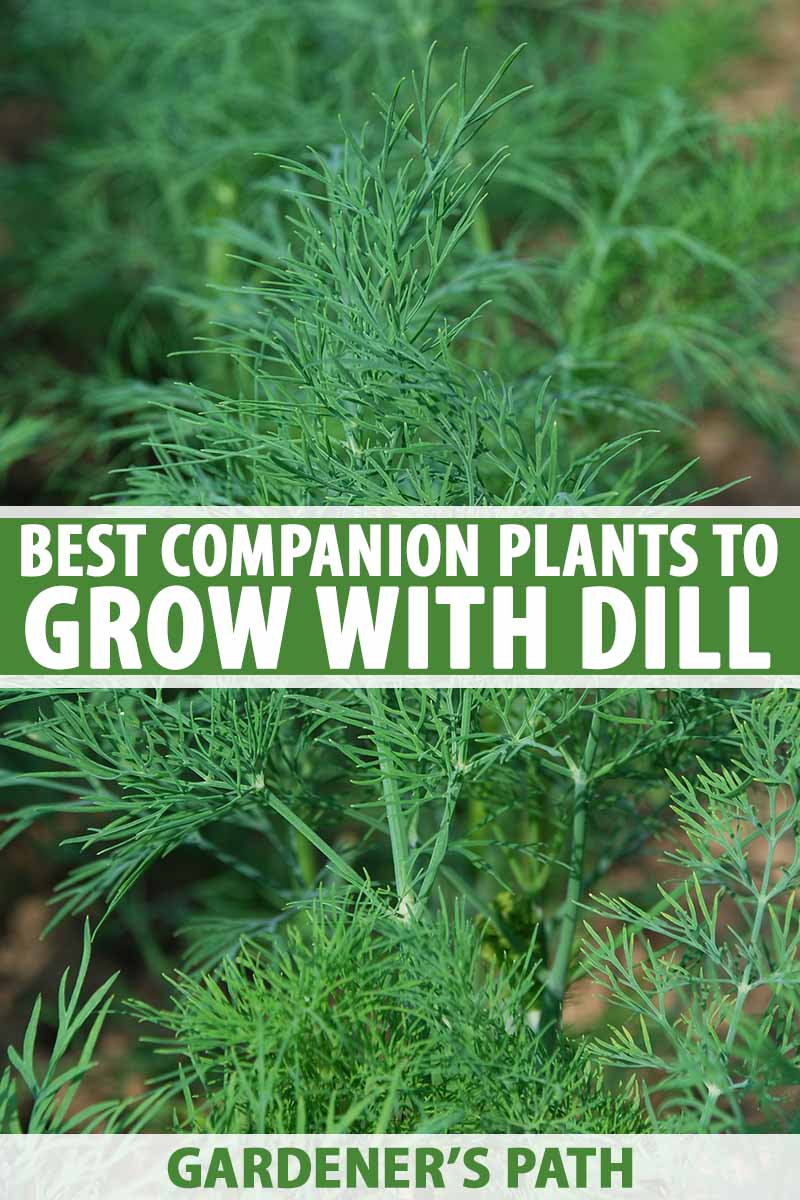
- Image 3: Lemon balm and basil. Basil and lemon balm are both aromatic herbs, so they complement each other well. Basil helps to repel pests from lemon balm, and lemon balm helps to deter whiteflies from basil.

- Image 4: Lemon balm and lettuce. Lettuce and lemon balm are both cool-season crops, so they can be planted together in the same garden bed. Lemon balm helps to repel pests from lettuce, and lettuce provides shade for the lemon balm in hot weather.

- Image 5: Lemon balm and marigolds. Marigolds and lemon balm are both beneficial to the garden. Marigolds help to repel pests, and lemon balm helps to attract pollinators.

Post a Comment for "Grow A Thriving Lemon Balm Patch With These Companion Plants"